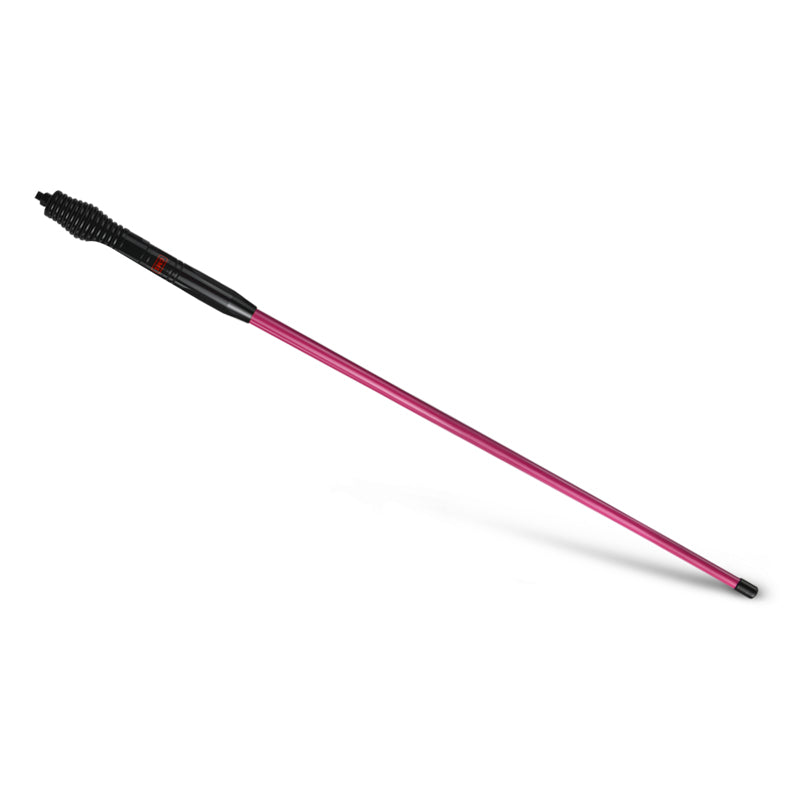Ultimate Guide to UHF CB Antennas
Understanding the technicalities of UHF CB (Ultra High Frequency Citizen Band) antennas is crucial for anyone looking to optimize their communication setup, especially in remote or challenging environments. This comprehensive guide will walk you through everything you need to know about UHF CB antennas, from basic concepts to advanced tips for selecting and using the right antenna for your needs.What is a UHF CB Antenna?
A UHF CB antenna is a type of antenna designed for use with UHF CB radios, which operate on frequencies between 476.425 and 477.4125 MHz in Australia. These antennas help transmit and receive radio signals, allowing for effective communication over varying distances without the need for a mobile network.Types of UHF CB Antennas
- Whip Antennas: Whip antennas are the most common type of UHF CB antenna. They are typically made from flexible material, allowing them to bend in windy conditions without breaking. Their simplicity and durability make them suitable for vehicles and outdoor setups.
- Fiberglass Antennas: These antennas are known for their robustness and are primarily used on vehicles where rugged conditions are anticipated. Fiberglass antennas can handle harsh environments, making them ideal for off-road enthusiasts.
- Magnetic Base Antennas: Ideal for temporary setups, these antennas feature a magnetic base that can be easily attached to and removed from metal surfaces, particularly vehicle roofs.
- Base Station Antennas: These are larger and more permanent solutions designed for fixed installations. They offer superior range and performance, suitable for properties or base camps requiring reliable communication over greater distances.
How UHF CB Antennas Work
UHF CB antennas capture the radio frequency signals transmitted by CB radios. The effectiveness of an antenna depends on its design, length, and placement. These antennas work best when they are tuned to resonate at specific frequencies, enhancing the clarity and range of communication.Key Factors in Choosing a UHF CB Antenna
- Frequency Range: Ensure the antenna covers the UHF CB frequency bands relevant to your region and needs.
- Gain: Antenna gain is a measure of its efficiency in directing the radio waves in a particular pattern. A higher gain antenna will generally provide better long-distance communication.
- Size and Mounting: Consider the physical size of the antenna and the type of mounting required. The location and manner of mounting can significantly affect performance.
- Material and Build Quality: The durability of the antenna under various environmental conditions should match your usage requirements, whether for urban or rugged terrains.
Installation Tips
Proper installation is key to maximizing the performance of your UHF CB antenna. Here are some tips:- Height and Position: The higher the antenna is mounted, the better its overall range and performance. Ensure it’s positioned away from large metal objects that can interfere with signal transmission.
- SWR (Standing Wave Ratio) Tuning: Adjust your antenna to achieve the lowest SWR reading, ensuring optimal performance and reduced risk of radio damage.
- Cabling: Use high-quality coaxial cable to connect your antenna to your CB radio to minimize signal loss.
Troubleshooting Common Issues
- Poor Reception: Check for obstructions around the antenna or reposition it for a clearer signal path.
- High SWR Readings: Re-tune your antenna or check for damage or improper installation.
- Intermittent Signals: Inspect the antenna and connections for corrosion or loose fittings.
Enhancing Your UHF CB Antenna Performance
- Using a Signal Amplifier: Amplifiers can boost the signal strength, especially in areas where communication is critical.
- Regular Maintenance: Regularly check your antenna for physical damage, wear, and corrosion.













































